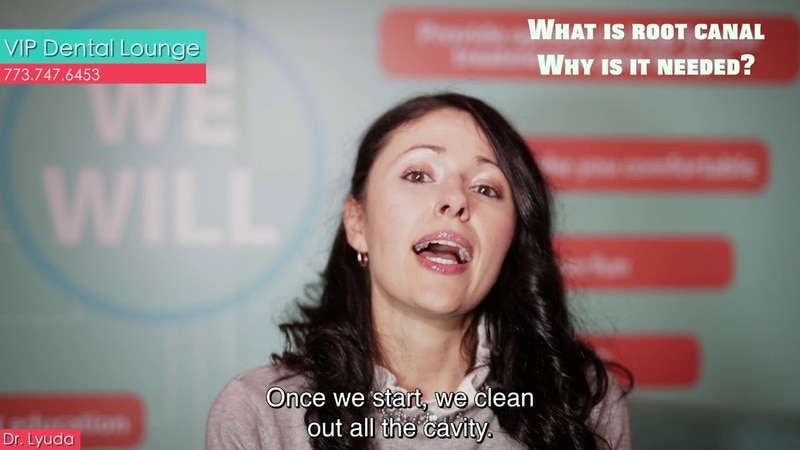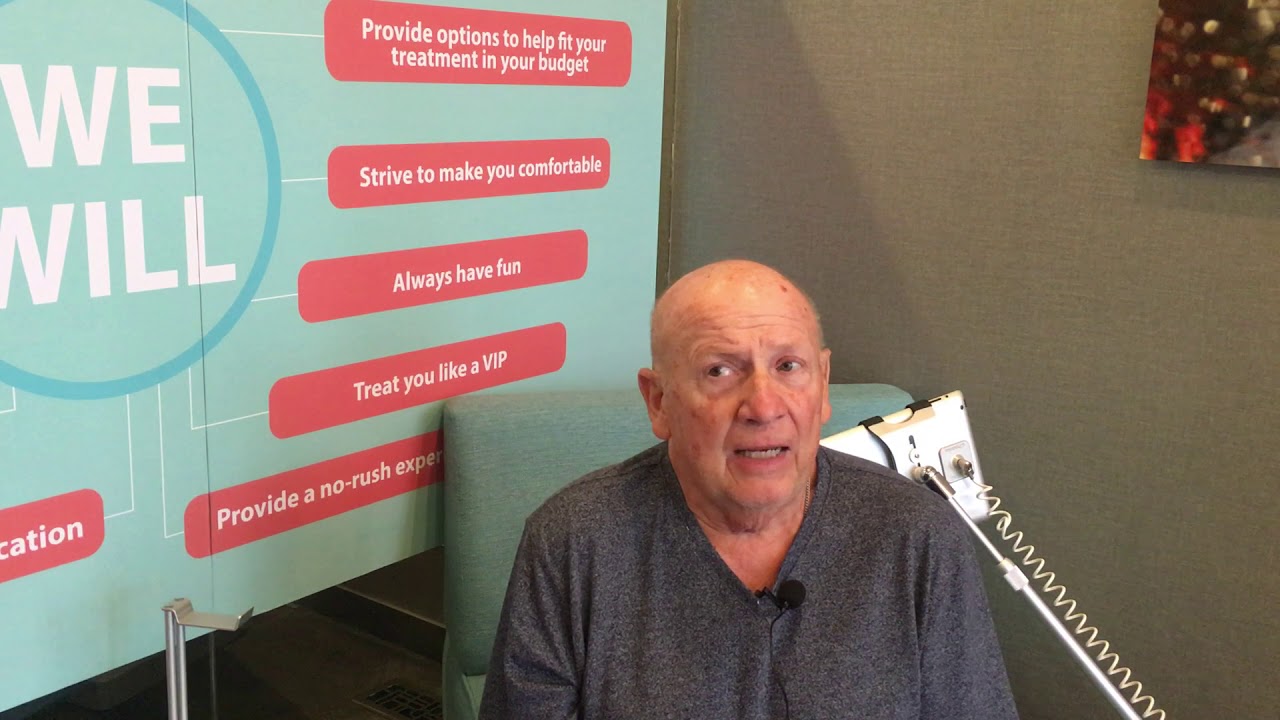(773) 747-6453
Root Canal
“A great dentist never gets on your nerves”
Root Canal: Root canal therapy can save a tooth that has been severely decayed or has become infected. Since VIP focuses on a conservative treatment, when appropriate, we aim to avoid this therapy with a pulp capping treatment. Pulp capping consists of a medicated cement that is placed in the area close to the nerve, to help sooth the nerve and regenerate a “cushion” extra tooth structure to repair the tooth.
Contact our dental office by calling at (773) 747-6453 to schedule your appointment.
What to expect
Depending on the situation and number of canals, root canals usually take 1-2 visits. Our dentist Portage Park will apply a topical gel to get your tissue numb and will anesthetize you. You will be wearing a rubber around the tooth to isolate it from saliva and to keep you safe from the irrigants and files that we use. Most people fall asleep during the procedure (yes I said it:) as the procedure is lengthy, but you should not have any pain. We will temporize your tooth with a filling to make sure it is feeling ok, and will schedule for the next step.
Learn More about Root Canals
Dr. Lyuda explains the root canal procedure and why it is important to treat when an infection or decay is present.

What is a Root Canal and When is it Needed
In this video, Dr. Lyuda explains what a root canal is and when is it necessary to be performed. It is important to understand that after a root canal the tooth may be brittle and compromised and prone to fracture. As a result, it is important to crown the tooth following a root canal procedure.
Read Transcript

Root Canal Simulation
In this simulation, you will see why a root canal may be needed on a tooth. It shows a deep cavity that is invading the root where the nerves live. Through this simulation, you will get a good understanding of the process of the root canal and what state the tooth is in following the root canal.
Read Transcript

Root Canal plus Crown Testimonial
Robert our patient underwent a Root Canal procedure followed by crowning the tooth. Here he explains his experience at our office!
Read Transcript

